In the foyer of the Maison Pic building is a large cabinet displaying a collection of Michelin guides going back to 1900. This is a gentle reminder of the long link between restaurant Pic and Michelin. The restaurant originally opened (under the name Auberge de Pin) in 1889, founded by Sophie and Eugene Pic, whose son Andre took over from them in the 1920s. He gained three Michelin stars in 1934, just after the multiple star system was introduced, and the restaurant moved to its current location in 1936. The third star was lost in 1946 and the second in 1950, but Andre Pic’s son Jacques restored the restaurant to two star level in 1959, and earned back the coveted third star in 1973. The restaurant stayed at this level all the way through to 1995, when it dropped a star. However Jacques’ daughter Anne-Sophie Pic, who took over the restaurant in 1998, restored the family tradition and earned three stars in 2007, which it has retained ever since. Anne-Sophie had not originally intended to be a chef, going to business school and working for Moet & Chandon and Cartier. Nonetheless she became the first French female chef to hold three Michelin stars since Eugenie Brazier and Marie Bourgeois, who gained three stars way back in 1933 (Marguerite Bise also gained three stars in 1951). Running the kitchen today was head chef Frederich Aumenier. 23 chefs today were working in the kitchen dedicated to the fine dining restaurant.
Maison Pic is situated on a main street of Valence, a city about 100km (62 miles) south of Lyon. The building has rooms, a more casual restaurant called Andre as well as the fine dining restaurant Pic, and also houses a catering operation (they get through 4,000 kg of chocolate a year). The dining room looks out over an attractive garden. Three menus of increasing lengths were available, at €160, €240 and €320 respectively.
The wine list offers around 800 labels, with deep coverage of the regions of France as well as looking further afield. Georges Vernay Viognies 2014 was €70 for a bottle that you can find in the high street for €28, Gramemon Pascal Cotes du Rhone 2011 was €150 compared to a retail price of €60, and Lafon Clos de la Barre Meursault 2006 was €210 for a wine that will set you back around €140 in a shop. At the posh end of the list, Leflaive Batard Montrachet 2006 was €600 compared to a retail price of €400, and Etienne Sauzet Le Montrachet 2006 was €1,400 compared to its current market price of €591.
The meal began with a trio of nibbles. Snail tarragon croquette had a Iiquid centre, alongside a lovely sesame smoked eel cream sandwich, and finally there was a chestnut marshmallow with curry that had amazing taste and glorious airy texture (20/20).
A signature dish of the restaurant was next: duck liver creme brulee topped with green apple sorbet. This was fabulous, the liver flavour deep and intense, the crunch of the brulee top bringing a textural contrast, the acidity of the apple cutting through the richness of the liver. A stunning dish (20/20).
This was followed by a selection of tomatoes, which may not sound exciting at first, but there is a lot to this dish. A marinade of tomato juice, vinegar and sugar is infused with elderflowers, elderberry and blackcurrant leaf. Several different varieties of tomatoes are peeled and then plunged into the marinade, soaking it up, so that when you bite into the tomatoes you get a complex mix of flavours on the tongue. Just before serving they are seasoned with a little pastis. On the side is smoked vanilla burrata ice cream. The overall effect is most impressive, a real symphony of flavours appearing when you bite into the tomatoes (20/20).
Next was langoustine, cooked a la plancha and served with a sauce made from Granny Smith apple juice, dill, celery leaves and Meyer lemon (a Chinese citrus that is a cross between a lemon and an orange and is less sharp than a regular lemon with an almost spicy flavour) and served on a base of celery. This was another stunner, the langoustine sweet, tender and perfectly cooked, the apple bringing refreshing acidity along with the lemon, which were a lovely match to the inherent sweetness of the shellfish (20/20).
Berlingot is a Provencal boiled sweet, but here the term is used for a pasta parcel made into the same triangular shape. A Provencal goat cheese called Banon is combined with marscarpone and heated to get a creamy texture. Brousse de Brebis cheese is then added, and this cheese mix is used to stuff triangular pasta parcels. These are served with a watercress sauce flavoured with bergamot and matcha tea. The pasta had excellent texture and the strong cheese flavour was matched quite well by the aromatic sauce (19/20).
Lobster was served on beetroot and fresh berries with chutney of raspberry and barberries and a berry dashi sauce. The latter is made from an infusion of raspberries and wild strawberries, along with the traditional kombu seaweed and dried bonito flakes used in this core Japanese stock. The lobster itself is roasted in lobster butter. The shellfish was of course perfectly cooked, the golden beetroot an interesting contrast to the shellfish, all enhanced by the aroma of the sauce (19/20).
This was followed by turbot and peas; again, there is more to the dish than it may sound. The fish was cooked in the meuniere style with butter, lemon juice and parsley. A pea mousseline was made from kombu (Japanese algae) water, Chinese cinnamon and kaffir lime, and poured in a little pool beside the turbot. The fish was glorious but I was almost more impressed by the flavour of the peas, which were exceptionally sweet. The gentle hint of spice from the leaves used in the sauce was subtle but took the dish to another level (20/20).
Chicken was sourced from Cour d’Armoise near Mans. The birds here are fed on wild plants and are highly regarded for their flavour. The chicken is marinated in thyme, rosemary, verbena, oregano, coramier seeds and juniper berries. It is then roasted and seared on a teppanyaki (steel hot plate). The flavour of both the breast and leg of the bird was superb. Accompanying it was ravioli filled with tonka beans and chard flavoured with genmaicha (green tea with roasted brown rice). The pasta is filled with tiny chard shoots that are blanched and stewed with marscapone cream, grated tonka bean and powdered genmaicha, this mixed with a confit lemon jelly. This was a lovely, light accompaniment to the bird. The chicken itself had lovely flavour (what was the last chicken you ate that you could honestly say that of?), the leg seemingly with a little chicken liver. The cooking juices are combined with a light herbal consommé with a hint of lemon. Overall this was another really classy dish (20/20).
The final savoury course was lamb from Aveyron in the Languedoc. Both saddle and rack of the lamb are brined in orange blossom. The meat is served on a herb crumble made with rocket, cress and fresh fir buds, flavoured with Tonka beans and Parmesan. With the lamb come calice artichokes (these have no hairy fibres), which were lovely. The herbs and the lamb went very well together, each element excellent in itself but combining effectively to make something even more delicious than the individual components (19/20).
As a transition between savoury and dessert was a warm cheese dish scented with vanilla, rather like a fondue, which was comforting and enjoyable. The pre-dessert we tried was peach mousse, with champagne and a hint of curry, topped with a disc of white chocolate. This tasted better than it sounds, the peach flavour very pure, its acidity an excellent foil for the white chocolate, the spicing very subtle (18/20).
We were then able to try four desserts in all. White millefeuille had three layers of puff pastry, in between which were cream infused with vanilla, yoghurt and jasmine jelly. This came with milk foam infused with voatsiperifery pepper (a wild Madagascar pepper known for its hint of citrus). Finally there was a foam of royal icing made from egg white, lemon crowns, and powdered sugar. This was a very technical dessert, and unusual due to its pure white appearance, but the culinary wizardry here did not get in the way of the enjoyable flavours of vanilla and pastry (19/20).
Wild strawberries were accompanied by a trio of confit strawberry each surrounded by a coconut mint genmaicha mousse placed on top of a white biscuit. Strawberry consommé is poured at the table as a final touch. Strawberries these days, at least in England, are almost uniformly devoid of flavour, but these were lovely: the essence of summer. The subtle addition of the mint and coconut flavours complemented the fruit but did not distract from it. Simply wonderful (20/20).
A lattice of chocolate resembled a honeycomb, using a chocolate developed by the kitchen in collaboration with Valrhona. This particular chocolate had quite high acidity and was combined with bitter honey from Corsica (essentially the nectar of the local strawberry tree flowers that the bees harvest) made into a panna cotta cream. Hojicha tea (which has a slightly nutty flavour) is made into a ganache and completes the dish. This looked spectacular and the interesting mix of sweet and bitter worked really well (20/20).
Finally there was a visually striking arch of chocolate with citrus cream and cherry that tasted every bit as wonderful as it looked. The chocolate had a slightly spicy note, is made into a ganache and combined with a glace cherry and cherry coulis flavoured with cassia cinnamon leaf, the dessert finishes with blobs of diwaz wheat beer (a floral beer with a hint of elderberry) cream. The combination of rich chocolate, gentle spice and the acidity and fruity taste of the cherry was a gloriously harmonious assembly of flavours (20/20).
Coffee was from Ethiopa, from the Adado co-operative in the centre of the country. The particular coffee is called adado yirgacheffe and was beautifully smooth and rich, almost with a fruity note. This was terrific, and shows the great attention to detail here in sourcing.
The bill came to €372 (£292) a head, sharing a bottle of Mersault Coche Dury 2009, priced at a very generous €250 given that its current market price is at least €340 (and frequently much more than this). If you shared a modest bottle and went for the shorter menu then a typical cost per head might come to about £190. This seems to me eminently fair given the tremendous skills on show here combined with top-notch ingredients. Pic is one of the great restaurants of the world, and is far from resting on its laurels after more than a century in operation.
Further reviews: 29th Jun 2018 | 01st Sep 2008
























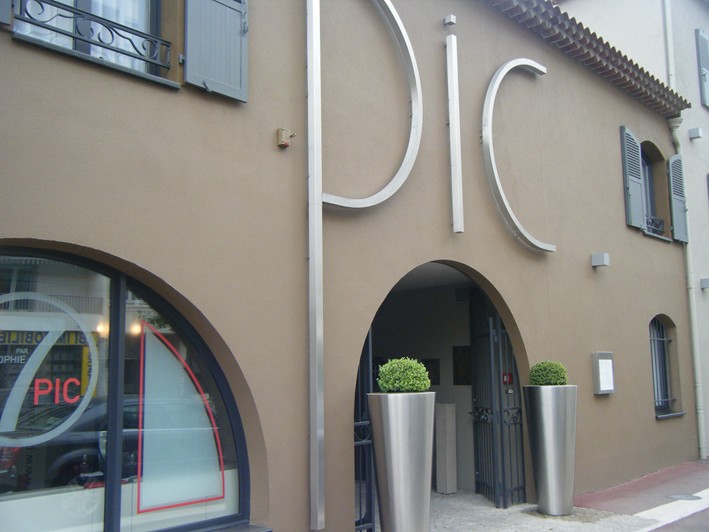
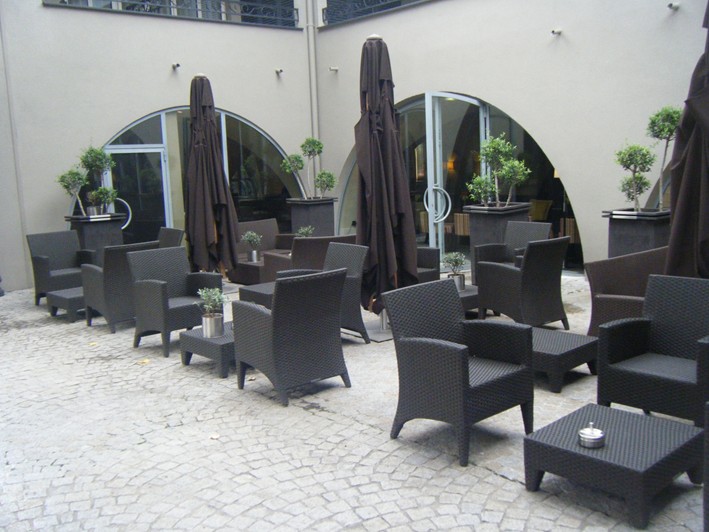

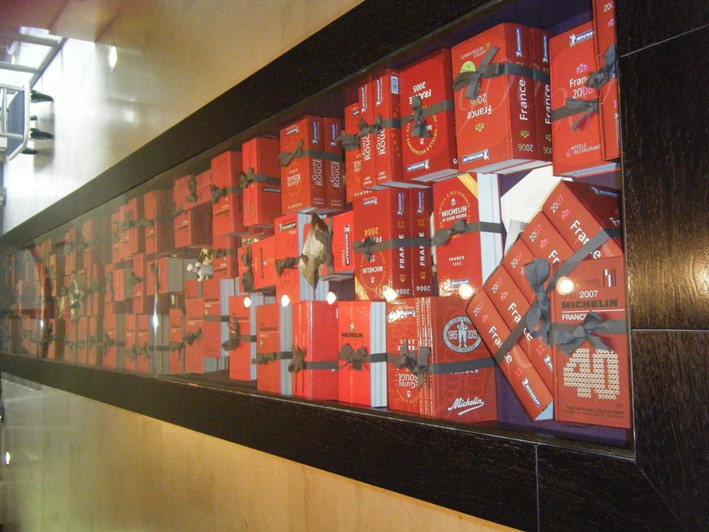

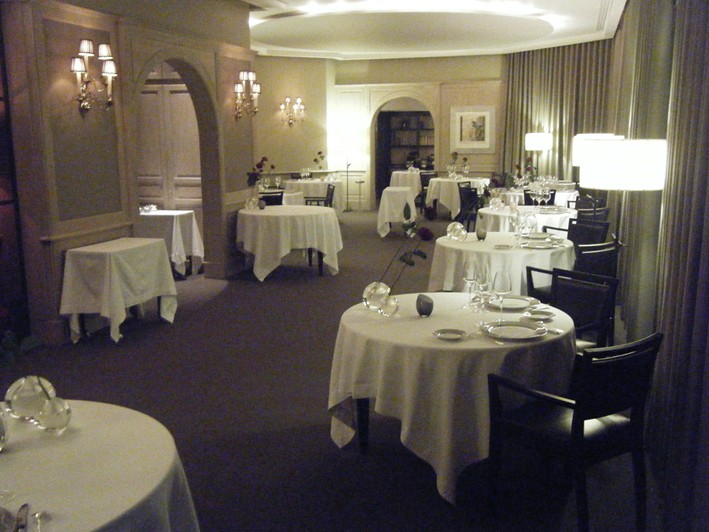

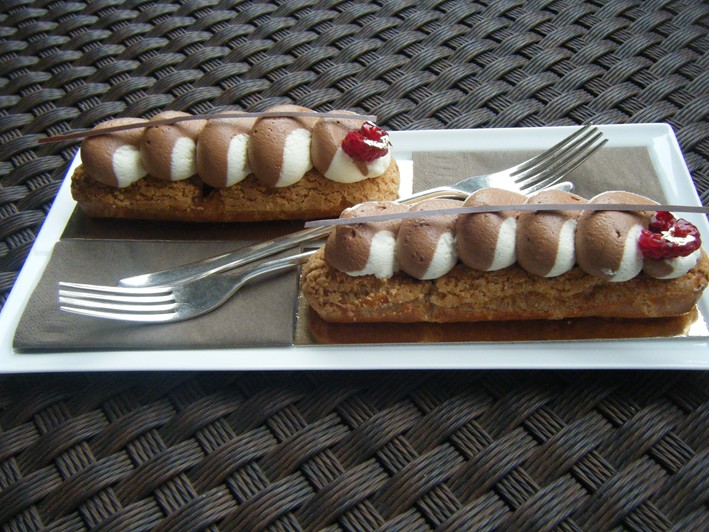
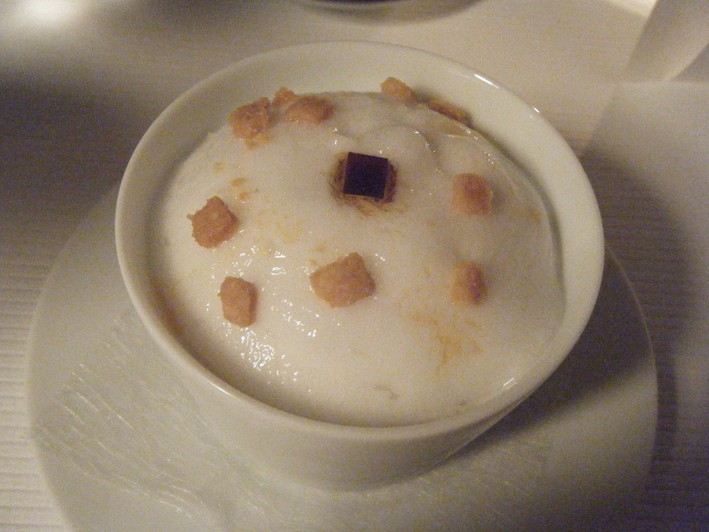
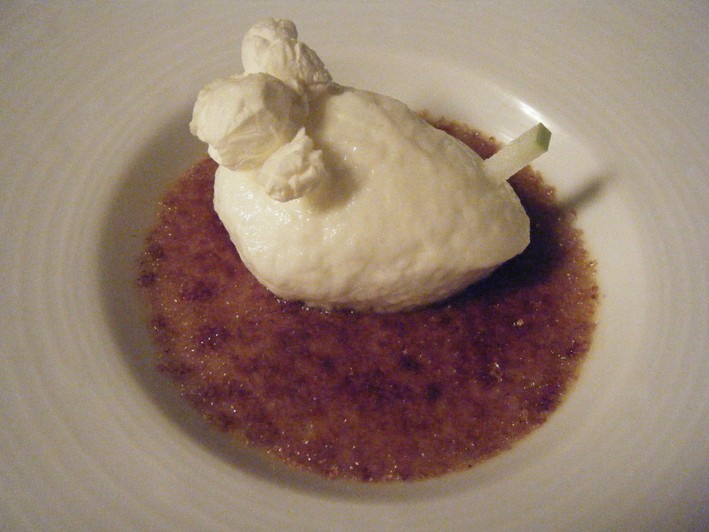
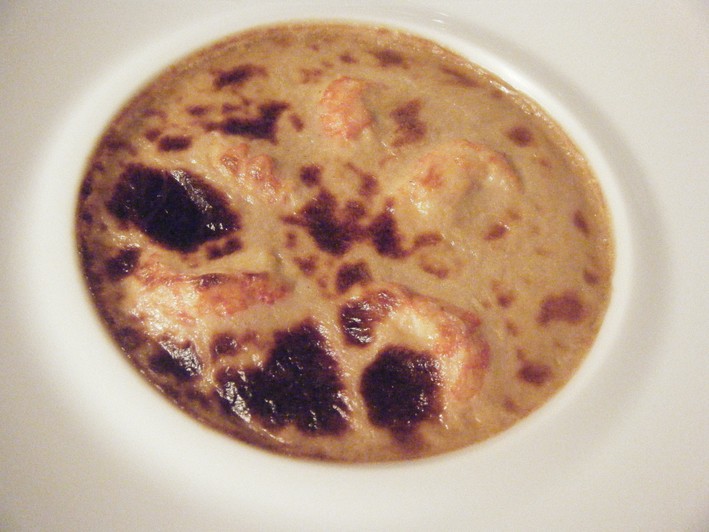
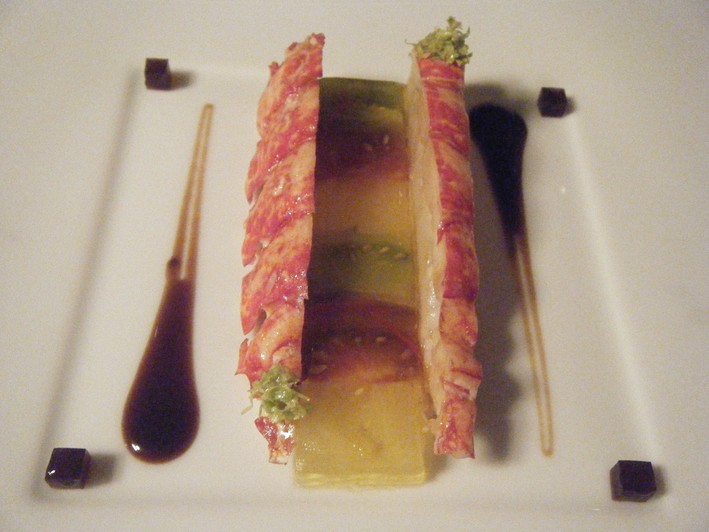
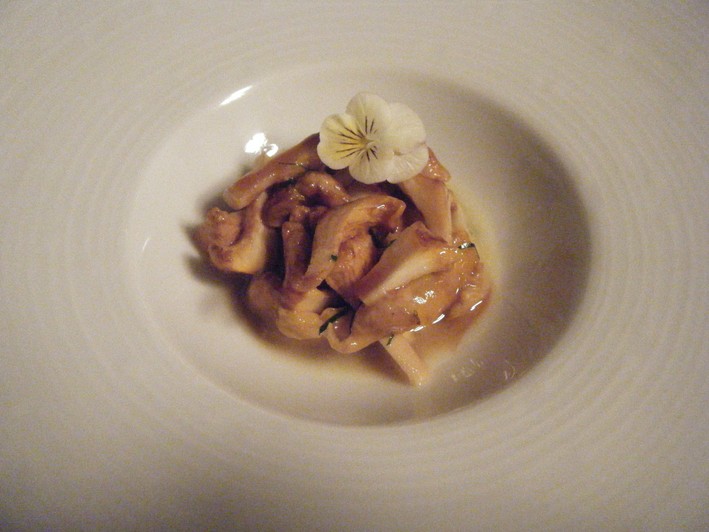
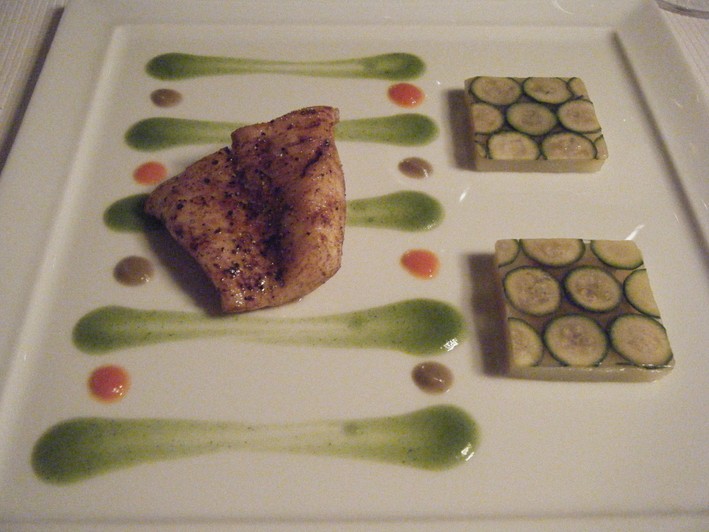
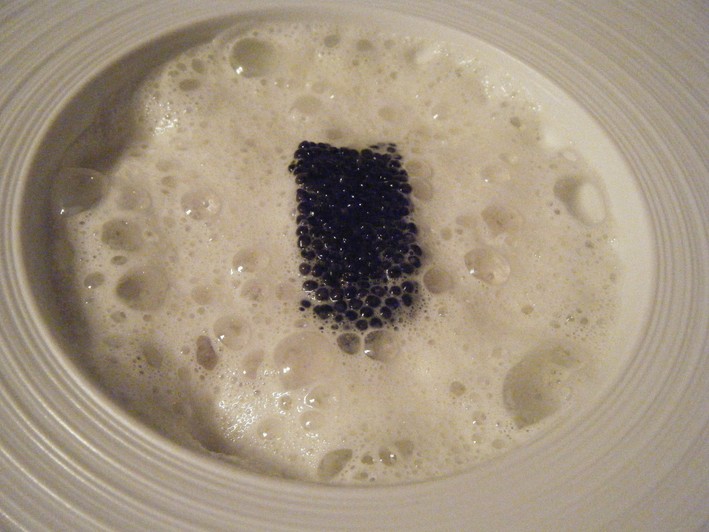
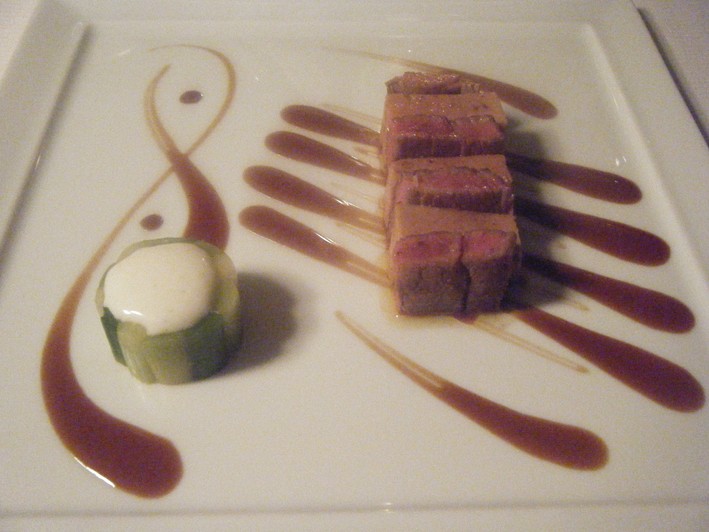
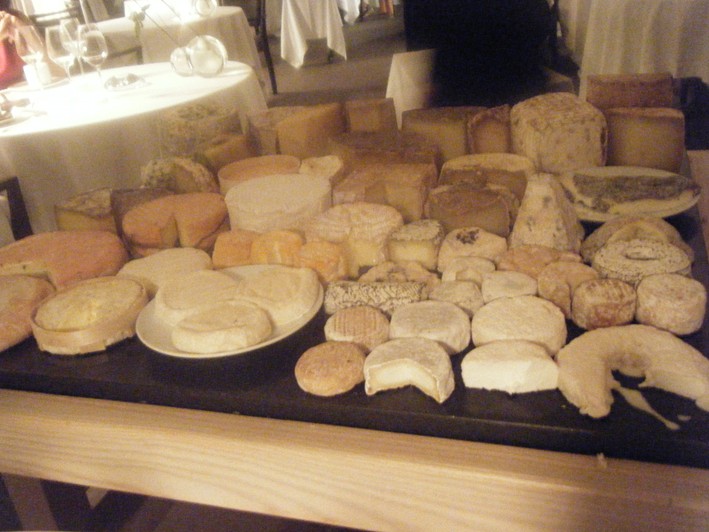



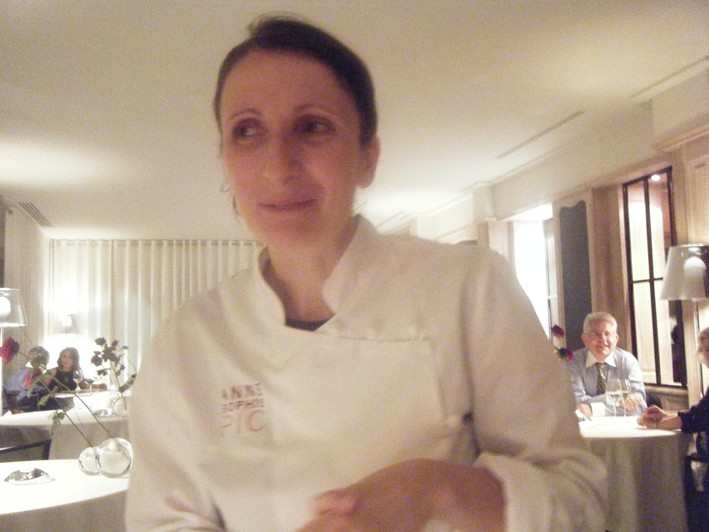

Jeffrey merrihue
Anne Sophie is one of the great chefs of the world...and by association a top 3 woman chef in the world (who cares?)...but her "sauces" are so light that they seem japanese rather than french...spectacular cooking...but I miss Julia Childs...